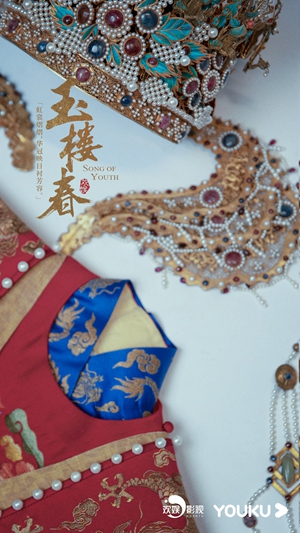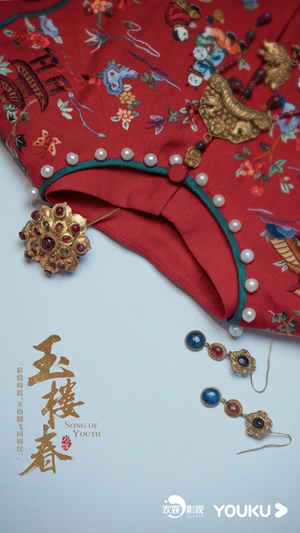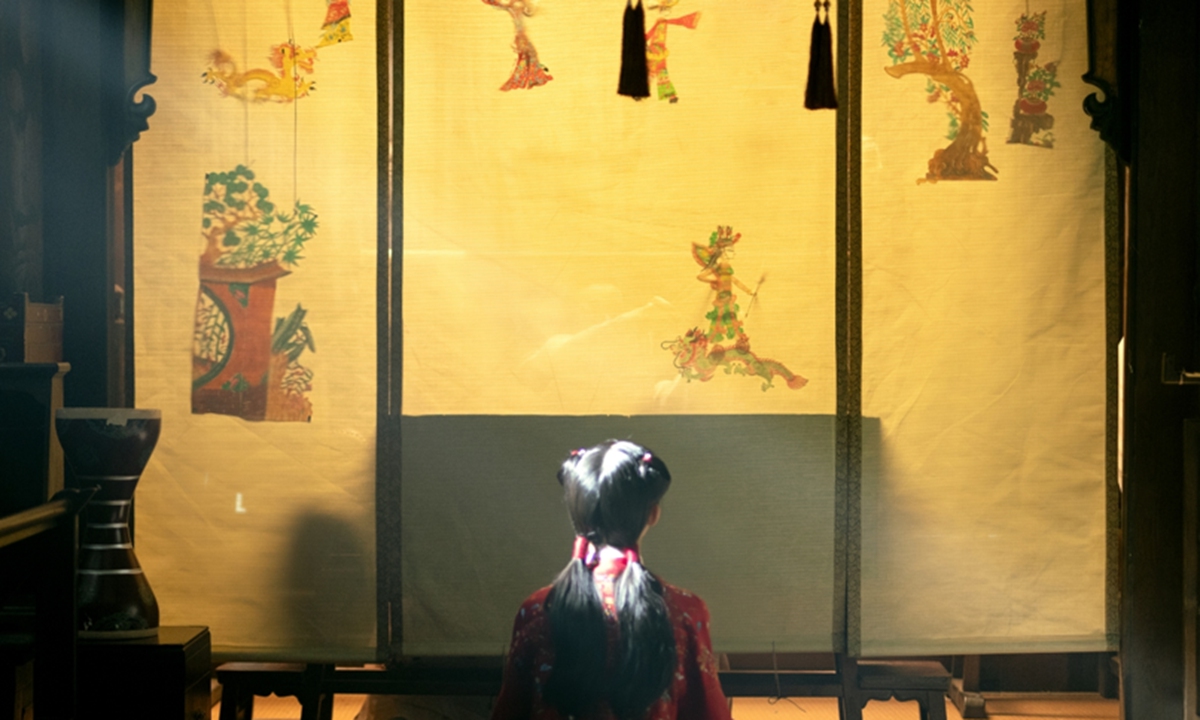ARTS / TV
China’s cultural heritage and handicrafts highlighted in new popular drama
A traditional approach

Posters for Song of Youth Photo: Courtesy of Huanyu TV

Posters for Song of Youth Photo: Courtesy of Huanyu TV

Posters for Song of Youth Photo: Courtesy of Huanyu TV
It is common sense that the traditional Chinese culture has been a springboard of inspiration for TV and film productions. It is also for this very reason that a number of outstanding dramas and films have been put on the must-watch list of many young Chinese. The latest newcomer is Song of Youth, a drama produced by Huanyu TV that made its debut on Chinese streaming site Youku on July 26.The costume drama starring Bai Lu and Wang Yizhe has not only caught people's attention with the touching romance between lead roles Lin Shaochun and Sun Yulou, but also the dedicated designs and elements featuring the country's traditional culture.
The most standout element is the wide use of shadow puppetry through the entire series. From the very beginning, Lin and Sun's story is narrated as a shadow puppet show.
Shadow theater started to become quite popular as early as the Song Dynasty (960-1279), when holidays were marked by the presentation of many shadow plays adapted from folk stories, myths and fairy tales.
According to the series artistic director Luan Hexin, who worked on the award-winning drama Winter Begonia, shadow plays are an important Chinese folk art.
"Dating back to the time when the story takes place, it was a way for people to gain happiness and entertain themselves. Besides, the play also serves as a natural way to develop the story," he said.
For the clothing designs, Luan and his team created their own designs that they asked traditional craftsmen to produce.
Luan said that he didn't rely on certain books and documents, but turned to traditional paintings for inspirations. The pavilions, buildings and courtyards make up the basic elements of the sets in the drama from color to design. They spent three months creating these sets and more than 2,000 costumes. The most impressive costume is a dress decorated with auspicious symbols for happiness and having many children. Each child on the costume is unique and appears very lifelike with their various vivid poses. The effort put into the drama has won the hearts of many young viewers who are fans of China's cultural heritage.
The hashtag for the show has earned more than 580 million views and spawned thousands of discussions on Sina Weibo. How to narrow the distance between traditional art and Generation Z audiences is something that script writers and directors should work together to accomplish.



